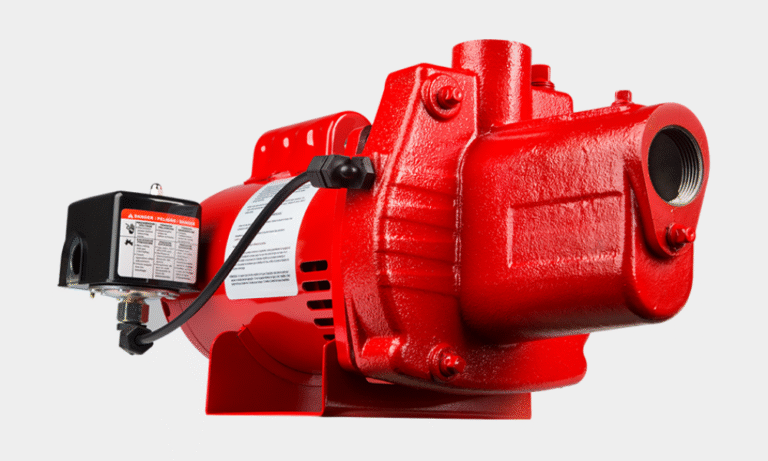Estimated reading time: 5 minutes
Last updated on August 15th, 2025 at 06:26 am
Plastic formwork is widely used in construction because of its many advantages. The most important of these is that it can be made to fit almost any shape, making it ideal for many types of construction. Additionally, it is lightweight, which makes it easier to move and work with. Finally, it is durable, which means that it will not deteriorate over time.
Plastic formwork
Plastic formwork has become a popular option for construction projects due to its versatility and low cost. The material is easily cut, shaped, and drilled, making it an ideal choice for a variety of construction tasks.
One of the most common uses for it is in the construction of walls and roofs. It can be used to create a variety of shapes, including rectangular sections, curved sections, and even circles. This flexibility makes it easy to create precise measurements while construction is underway, which minimizes errors.
Additionally, it is lightweight and easy to transport. This makes it a great option for projects that require frequent alterations or updates. In addition to construction sites, it can also be found in factories and other industrial settings.
History of plastic formwork

Over the years, it has come to be an essential tool in construction. Its popularity is due to its versatility and the fact that it can be used in a variety of settings. In this article, we will explore the history of plastic formwork, its uses, and some of the benefits it offers.
It has been around for over 80 years. It was first used during World War II to help construct aircraft and tanks. Since then, it has become an important part of many construction projects.
It is versatile and can be used in a variety of settings. It can be used to build infrastructures such as roads and bridges, or it can be used to create walls and ceilings.
One of the main benefits of using it is that it is lightweight and easy to transport.
How to properly maintain and use plastic formwork?

Maintaining formwork is essential to ensuring a successful construction project. Here are tips on how to properly maintain and use plastic formwork:
1. Always clean it after each use. This will help prevent the buildup of dirt, dust, and debris that can lead to corrosion.
2. Regularly check for cracks in it. If there are any noticeable cracks, fix them as soon as possible to avoid potential damage during construction.
3. Store formwork securely when not in use. Avoid leaving it unprotected outside in the weather or exposed to direct sunlight, which could cause it to crack or degrade over time.
There are a few things you need to keep in mind when using plastic formwork
-Make sure the formwork is properly maintained. This includes checking for cracks, holes, and tears in the fabric. If there are any issues, repairs or replacements must be made as soon as possible.
-Always use a safety line when working with formwork. This will help protect you from falls and injuries.
-Be careful not to damage the surface of the concrete or wood below the formwork. Use appropriate tools and techniques to avoid damaging the substrate.
What are the latest advances in plastic formwork technology?

Since the 1950s, it has been used to create shapes in concrete and other materials. Today’s it is technology has progressed significantly, providing numerous advantages over traditional methods. These advances include:
1) Improved durability – It is more durable than traditional methods, which can result in decreased construction time and cost.
2) Reduced noise and dust – It is less noisy and dusty than traditional methods, which allows for faster construction and fewer worker injuries.
3) Increased flexibility – It is more flexible than traditional methods, allowing for more accurate manufacturing tolerances.
4) Increased safety – It is easier to use and safer than traditional methods, reducing the risk of injury.
5) More options – With increased flexibility and safety options, they provide more design options for architects and engineers.
Benefits of plastic formwork

There are many benefits of plastic formwork to utilize in construction projects. Benefits include:
-Durability: It is very durable and can last for many years without deteriorating. This makes it a preferable option for projects that will be in use for a long period of time, such as bridges or tunnels.
-Recycling: Since it is made from recycled materials, it helps to reduce the amount of waste that is created during construction.
-Quick and easy installation: It can be quickly and easily installed using simple tools, which makes it an ideal choice for projects that require a quick turnaround time.
-Cost savings: Compared to traditional forms, it is much less expensive to purchase and install. This means that project owners can save money on their construction costs overall.
Disadvantages of plastic formwork
Plastic formwork can have some disadvantages that should be considered when using it in construction. These disadvantages include:
-It can become brittle over time, resulting in cracks and potential structural failure.
-It is not as strong as traditional formwork made out of metal, which may result in weaker walls and ceilings.
-It can be difficult to work with, making it difficult to install and maintain.
Final Verdict:
In conclusion, it is an important tool for a construction project. It not only provides a durable structure, but it also enables the construction team to move quickly and efficiently from one stage of the project to the next.



